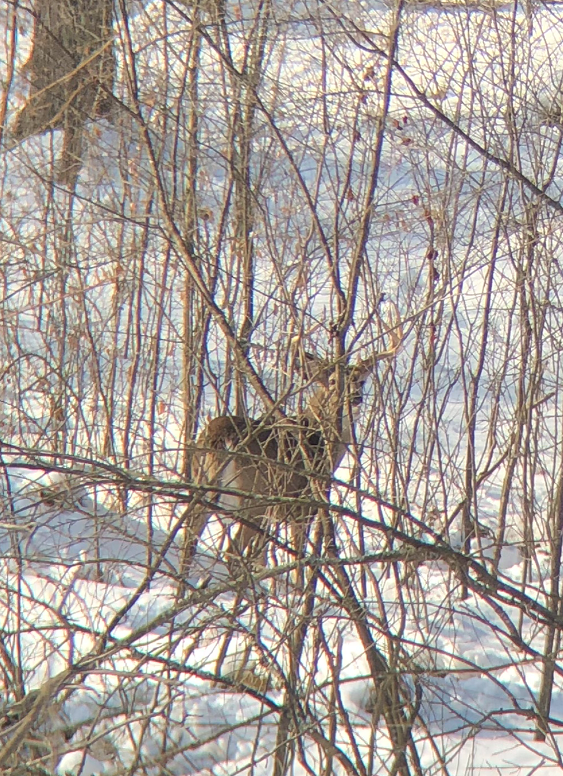The Wilds region of Pennsylvania, home to a range of public hunting land, is mostly made up of endless timber and topography. In the last article, I broke down terrain features and how they should be looked at when it comes to hunting the mountain bucks that live here in northern Pennsylvania.
Using the OnX Hunt online app or their app for your phone, I can find overlooked public land areas or areas further away from roads that allow uninterrupted enjoyment of the big woods. To take it a step further, I look at the different types of vegetation and how they correlate with terrain as part of creating a hunting plan when entering a new area, and I even share a few of my old tried and true honey holes.
Here are the key vegetation features that catch my attention:
- Conifer stands – Typically variations of hemlock, pine and spruce grow throughout northern Pennsylvania and can offer great bedding cover for the deer. In addition, they provide great thermal cover and insulation during cold, windy days, as well as shade and cooling during the hottest days of the year. The edges of the conifer trees tend to be ideal for bucks to leave behind signs such as rubs and scrapes. You can almost put money on this: if you find lone conifer trees in a timber cut, you will find a deer bed underneath it.
- Timber Cuts – I pay attention to timber cuts more than any other vegetation feature because, depending on the age of the cut, they can provide food, bedding or both. Newer timber cuts are prime feeding areas (especially in the winter months) with deer feeding on the tree tops that were cut down. Timber cuts in the 3-8 year old range start to have some thick undergrowth that creates food opportunities in the form of browse, as well as security cover for bedding. The older timber cuts over 8 years of age continue to be great for bedding even though the underbrush may not be as thick, as the trees begin to grow tall enough to choke out some of the sunlight reaching the forest floor. These can be tough to hunt, but the skid trails that go through them and on the edge can be great to hunt. You might think that having logging operations come in will be a bad thing, but that couldn’t be further from the truth! It will change things at first, but it will create great habitat for years to come.
- Mast trees – Oak, Cherry, Beech and other trees that produce acorns, black cherries, beech nuts, etc. are preferred food sources in the big woods when they are available. Not all of the trees produce every year, but a good mast crop on a ridge can bring deer in from far away. These areas tend to be more open woods, so focusing near the edges of thick cover and/or on a terrain feature are what I focus on the most.
- Hard edges – You might have noticed it by now, but I mention it a lot. EDGES. Deer love to walk the edges of vegetation and terrain features. For example, if there’s a side hill covered in hemlock trees that meet a ridge top covered in oak trees with a good acorn crop, I would try to find a place to set up on that transition.
Your decision about whether to sit in a stand or slowly walk these areas depends on the time of year and the preferred food source at that time. But if you pay attention to the different vegetation types and terrain features, along with using a little woodsmanship, you could be on track to having a chance at the mountain buck of your dreams. It doesn’t matter how much you know (or think you know); it takes time and patience to succeed in the big woods of Pennsylvania. Enjoy the process and good luck!
For additional information on understanding the vegetation features listed in this article, check out my video series where I break down the maps and show in-the-field examples of these here. If you want to use the onX Hunt app that I use for all of my scouting and hunting activities, click here and use the coupon code EMW to save 20% off of the app.




